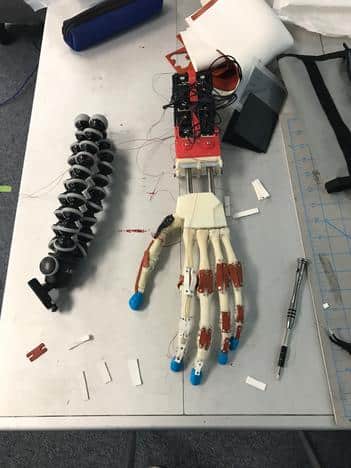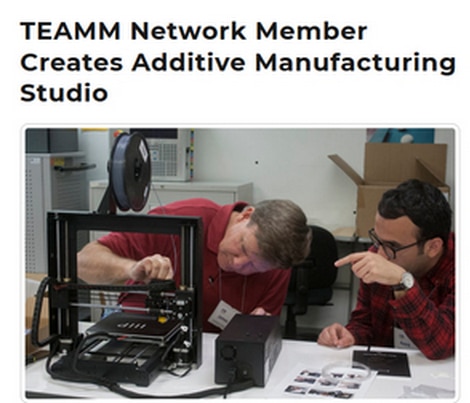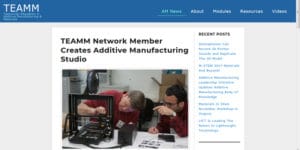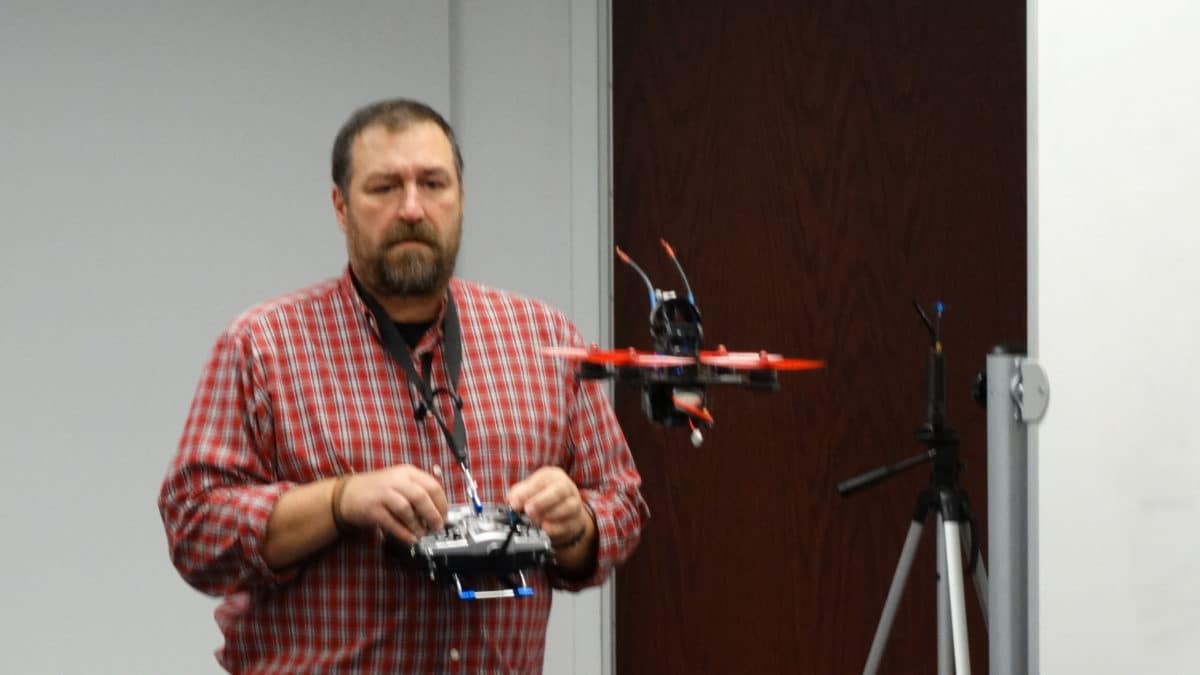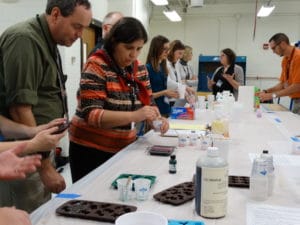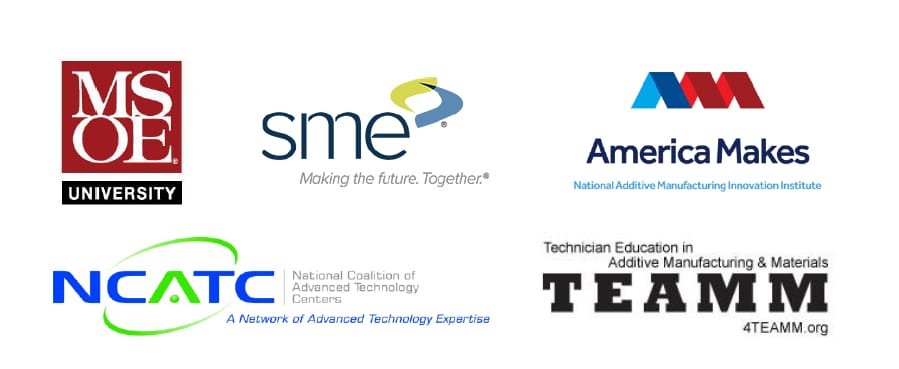For the last 14 years, Stratasys Education and GrabCAD (along with partners TEAMM and NCATC this year) have been conducting the Extreme Redesign Challenge for students around the world to make an existing design better.
You do not need a 3D printer to enter the competition and it is open for students around the world. Students can design an original piece of art, jewelry or architecture, or find a way to make an existing design better. The challenge is an opportunity to invent, innovate or improve something by re-engineering it to be printed in 3D in the annual Extreme Redesign Challenge. Participants can consider different 3D printing methodologies (FDM, SLS, SLA and PolyJet) and materials available for those methods, and then pick the best method for the production of your design.
Individual students or teams must create and submit 3D model files in .STL format with a detailed description explaining the design’s value and benefits. You can provide as many “images, renderings, relevant calculations, videos and screen shots of the design” to make your case for your design.
At press time there are 20 days left in the challenge; the Extreme Redesign Challenge entry deadline is February 26, 2018. Users must register for a GrabCAD community profile here.
Oh, lest we forget, there are cool prizes, plus full details on entry requirements from the Stratasys/GrabCAD website:
Challenge Prizes
- Each student entrant: Receives a sheet of free tech tattoo stickers for entering.
- Top 10 in each category: Receive a 3D printed model of their design and a Stratasys apparel item valued at up to $50.
- 1st place winners: Receive a $2500 scholarship. Plus, their instructor will get a demo 3D printer for a limited-time classroom use.
- 2nd place winners: Receive a $1000 scholarship.
- NCATC School Entries: The National Coalition of Advanced Technology Centers will award a $1000 scholarship to one winning entry in the engineering category. Post-secondary students from NCATC member schools will be eligible for this bonus prize.
Who Can Enter the Extreme Redesign Challenge?
This category is open to students currently enrolled (in person or talking coursework online) in middle or high schools worldwide (school grades 6 through 12). Entrants under the age of 18 must have their entries submitted by a parent or guardian over the age of 18. You may enter this challenge individually, or as a design team. All team members must be enrolled as a student in an educational institution or online program during the semester/term in which they contribute to the design. The Challenge is not open to any persons employed, past or present, as a professional in 3D printing.
